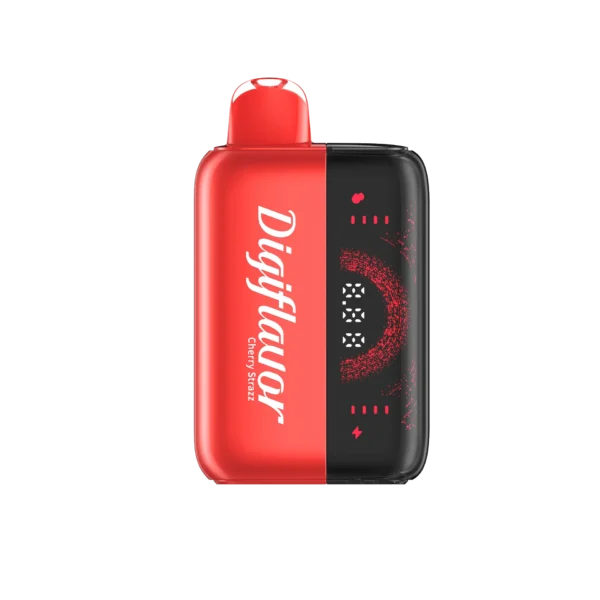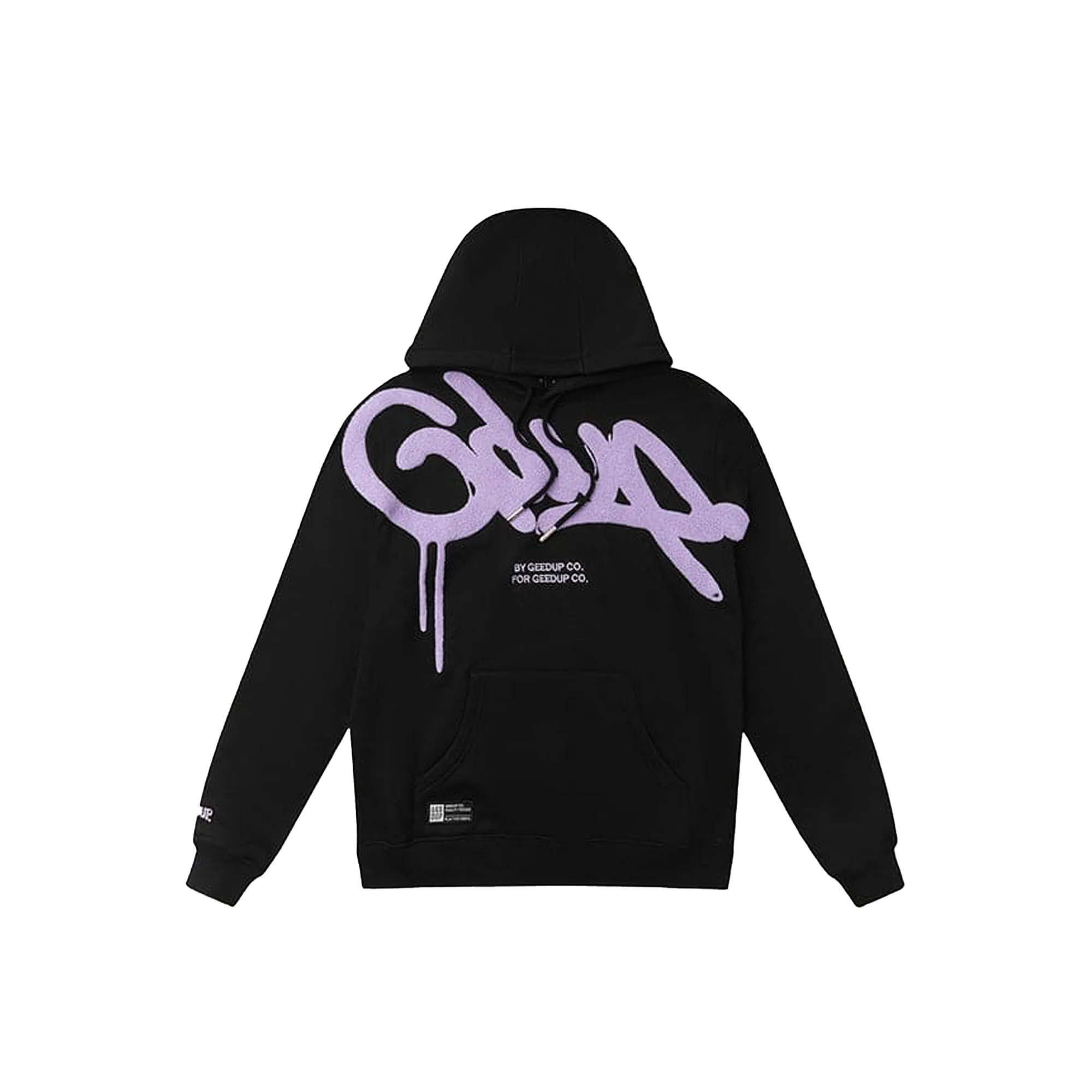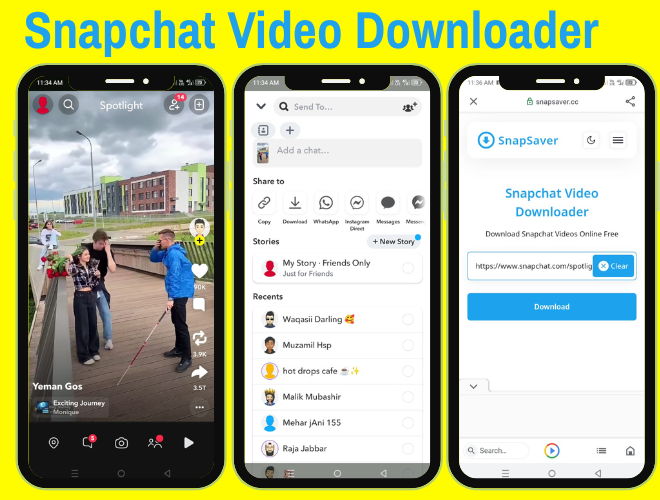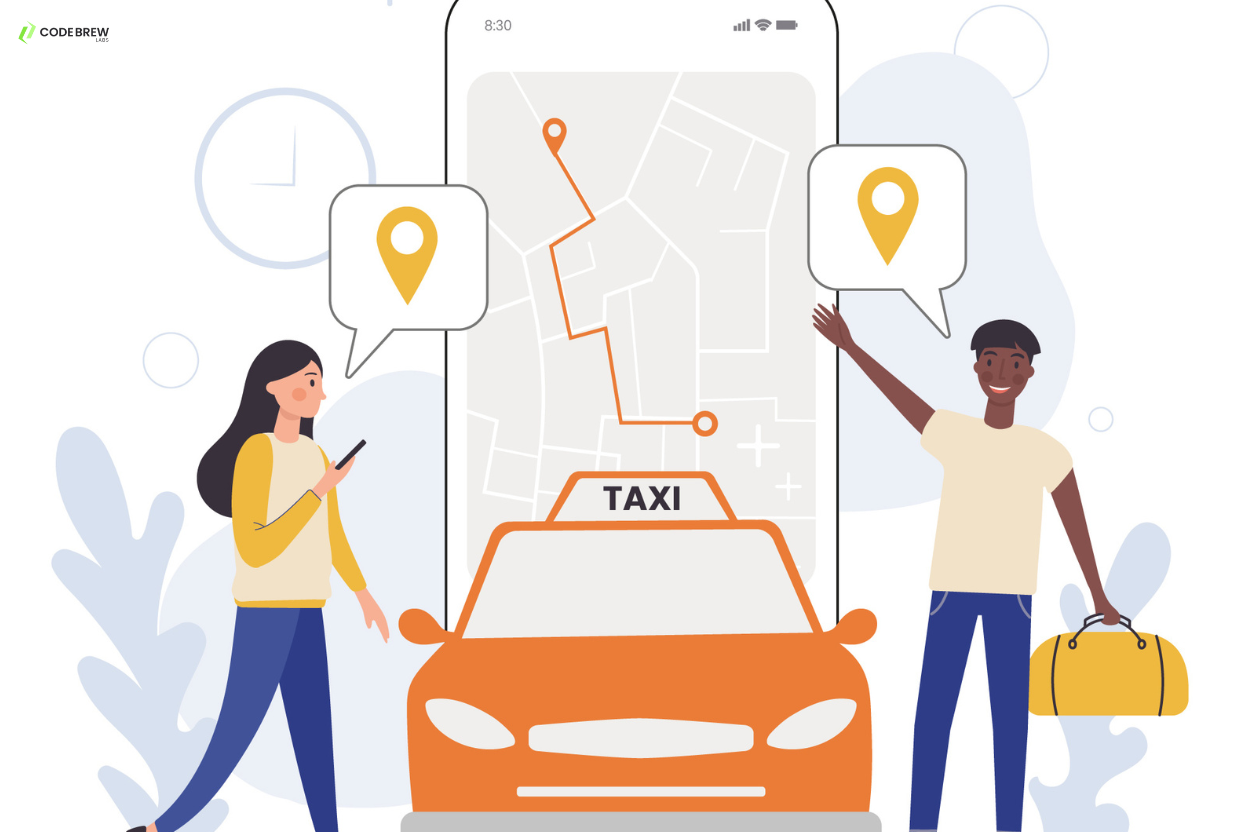Introduction
The digital transformation of urban mobility has significantly changed how people commute daily. With just a few taps on their smartphones, millions of users can book a ride, track it in real time, and make cashless payments, all thanks to ride-hailing giants like Uber, Lyft, and Bolt. Uber, in particular, has become synonymous with convenience, innovation, and disruption in the transportation industry.
But what if you could create your own version of Uber and enter this booming market? This is precisely what Uber clone app development allows entrepreneurs to do. Developing an Uber clone app doesn’t entail copying Uber directly; instead, it involves adopting its successful business model, integrating advanced technologies, and adding your unique twist to address local transportation challenges.
Whether you’re targeting urban commuters, intercity travelers, or niche markets like corporate rides or women-only rides, building an Uber-like app presents immense potential for profitability and brand recognition.
In this comprehensive guide, you will learn everything you need to know to launch your own ride-sharing platform, covering everything from the technical foundation to effective marketing strategies. By the end, you will have a clear roadmap to bring your Uber clone idea to life.
Understanding the Uber Clone Concept
An Uber clone app is a white-label solution designed to replicate the core functionalities of Uber’s ride-hailing platform. It enables entrepreneurs to launch a fully functional ride-sharing business under their brand name without developing everything from scratch. These ready-made solutions are customizable, scalable, and cost-effective, allowing startups to enter the market quickly.
At its heart, an Uber clone connects drivers and riders through a mobile app. Riders can request rides, view driver details, track routes, and make payments, while drivers receive ride requests, navigate using GPS, and manage their earnings. The admin dashboard acts as the control center, managing users, rides, payments, and analytics.
One major advantage of using an Uber clone script is that it eliminates the lengthy development cycle. Entrepreneurs can focus on business strategy, local partnerships, and branding instead of spending years on coding. Plus, white-label solutions often come with advanced features like real-time tracking, fare estimation, and automated dispatch systems, all customizable to match your business needs.
In short, an Uber clone app is not about imitation; it’s about innovation through inspiration, leveraging Uber’s framework to build a platform tailored to your audience and operational model.
Market Research and Feasibility Analysis
Before starting development, conducting thorough market research is essential. The ride-sharing industry is not only lucrative but also highly competitive. Understanding your audience, competitors, and regulations can greatly influence your business’s success.
Begin by identifying your target audience. Are you focusing on daily commuters, tourists, or corporate clients? Next, analyze your competitors. Look at established companies like Uber and Lyft, as well as local startups. Examine their pricing models, promotional strategies, and service quality. Identify any gaps in their offerings; for example, they might lack services in suburban areas or might not provide 24/7 availability. These gaps could be your entry points into the market.
Additionally, be aware of regulatory requirements. Ride-sharing businesses must adhere to local transportation laws, insurance policies, and driver verification standards. Some regions may require commercial licenses or special permits, so it’s crucial to establish your legal groundwork before launching.
Finally, conduct a feasibility study by estimating costs, forecasting return on investment (ROI), and assessing market readiness. Tools like SWOT analysis can help you identify the strengths, weaknesses, opportunities, and threats within your business plan.
Thorough research ensures that your Uber clone app is not merely a replica but a well-positioned platform designed to succeed in your targeted market.
Essential Features of an Uber Clone App
The success of your Uber clone app heavily depends on its features. A smooth, intuitive, and feature-rich app enhances user experience, builds trust, and encourages loyalty.
Key Features for Riders
- Ride Booking: Simple interface for booking instant or scheduled rides.
- Real-Time Tracking: Users can view the driver’s live location and ETA.
- Fare Estimation: Automatic calculation before confirming a ride.
- Multiple Payment Options: Credit card, wallet, and digital payments.
- Ratings and Reviews: Feedback system for quality assurance.
Key Features for Drivers
- Ride Requests: Notifications for nearby rides.
- Navigation and Route Optimization: Integrated maps for the best routes.
- Earnings Dashboard: Track completed rides and revenue.
- Availability Toggle: Option to go online or offline easily.
- Trip History: Record of all rides and payments.
Admin Panel Features
- User Management: Manage both riders and drivers.
- Real-Time Analytics: Track performance, revenue, and rides.
- Payment Management: Monitor transactions and commissions.
- Promotions & Discounts: Manage marketing campaigns.
- Complaint Resolution: Handle disputes efficiently.
These features form the core architecture of any Uber clone app, ensuring seamless coordination between users, drivers, and administrators.
Advanced Features to Enhance User Experience
Basic features are necessary, but to stand out in the market, you need advanced functionalities that improve convenience, personalization, and efficiency.
- Real-Time GPS Tracking: Provides transparency and safety by allowing users to track drivers live.
- AI-Powered Fare Estimation: Dynamic pricing based on traffic, demand, and distance.
- In-App Wallet: Enables cashless, faster transactions.
- Multi-Language & Multi-Currency Support: Essential for global or multicultural markets.
- Push Notifications: Keeps users informed about promotions, ride status, and alerts.
- Ride-Sharing & Pooling Options: Encourages sustainability and affordability.
- SOS & Emergency Features: Enhances safety, especially for late-night rides.
- Driver Rating Insights: Helps maintain service quality by flagging poor performance.
Implementing these features not only enhances user retention but also positions your platform as technologically superior to competitors.
Choosing the Right Tech Stack
Selecting the right tech stack for your Uber clone app is one of the most critical decisions you’ll make. It determines your app’s scalability, performance, and long-term sustainability. Since ride-sharing apps involve multiple components: rider app, driver app, and admin dashboard, you’ll need a powerful, reliable, and flexible stack that can handle real-time data processing.
Front-End Technologies
For the front end, React Native or Flutter are excellent choices because they allow for cross-platform development. This means you can build apps for both iOS and Android simultaneously, saving time and cost. Alternatively, you can go for Swift for iOS and Kotlin for Android if you want native performance and platform-specific features.
Back-End Technologies
The backend should handle complex data operations, real-time communication, and secure payment processing. Common choices include:
- Node.js or Python (Django/Flask) for speed and flexibility
- Java (Spring Boot) for enterprise-grade reliability
- Ruby on Rails for faster development cycles
APIs and SDKs
You’ll also need several third-party APIs and SDKs:
- Google Maps API or Mapbox for navigation and geolocation
- Twilio or Firebase for push notifications and real-time communication
- Stripe, PayPal, or Braintree for secure payments
- AWS S3 or Google Cloud Storage for handling media files
Database and Cloud Infrastructure
Choose robust databases like PostgreSQL or MongoDB to manage user and ride data. For real-time data sync, Firebase Realtime Database or Redis is a great addition.
Hosting your backend on AWS, Google Cloud, or Microsoft Azure ensures high availability and scalability.
The right tech stack not only supports seamless performance but also future-proofs your Uber clone app, making it easier to add new features as your business grows.
Designing a User-Friendly Interface
Your app’s design is the first thing users notice, and it can make or break your ride-sharing business. Even if your app has the best features, poor design can drive users away. A clean, intuitive, and visually appealing interface ensures that users can book rides effortlessly.
UI/UX Design Principles
Start with simplicity. Avoid cluttered screens and unnecessary steps. Use familiar icons and intuitive gestures so users instantly know how to navigate the app.
Consistent branding colors, fonts, and logos should align with your identity. This consistency builds trust and helps users remember your brand.
Wireframing and Prototyping
Before jumping into development, create wireframes that map out the user journey from onboarding to booking to payment. Tools like Figma, Sketch, or Adobe XD help visualize the flow. Then, develop a prototype to test functionality and design elements before coding begins.
Usability Testing
Test your app with real users to identify pain points. Are riders finding it easy to book? Are drivers able to accept rides quickly? Gathering this feedback early helps you make design improvements before the full launch.
Mobile-First Design
Most ride-hailing interactions happen on mobile, so your app must be optimized for smaller screens. Use large buttons, readable text, and minimal loading times.
Also, ensure that your design adapts smoothly across devices, phones, tablets, and even wearables.
Remember, good design isn’t just about looks, it’s about making life easier for your users. When riders enjoy using your app, they’ll keep coming back.
Step-by-Step Uber Clone App Development Process
Building an Uber clone app involves multiple stages, from planning to deployment. Here’s a clear breakdown of each step to guide your journey.
Step 1: Planning and Requirement Analysis
Start by defining your business goals, target audience, and core features. Identify what differentiates your app from competitors. Prepare a detailed software requirements specification (SRS) document to guide the development team.
Step 2: UI/UX Design and Prototyping
Based on your requirements, designers create wireframes and prototypes. The goal is to establish the look, feel, and flow of your app before coding begins.
Step 3: App Development and Integration
Developers start building the front-end and back-end simultaneously. Real-time ride tracking, geolocation, and payment gateway integration are handled at this stage. The development process typically follows an Agile methodology, ensuring flexibility and iterative improvements.
Step 4: Testing and Quality Assurance
Once development is done, thorough testing ensures your app works flawlessly. Types of testing include:
- Functional Testing: Verifies all features work correctly.
- Performance Testing: Ensures stability under heavy load.
- Security Testing: Protects against data leaks and fraud.
- Usability Testing: Checks for smooth navigation and user experience.
Step 5: Deployment and Maintenance
After successful testing, the app is deployed on Google Play and Apple App Store. Post-launch, continuous maintenance is essential for fixing bugs, updating features, and optimizing performance.
Regular updates show users you’re committed to providing the best experience.
Following this process guarantees a smooth, well-structured development cycle that transforms your idea into a fully functional ride-hailing platform.
Cost of Developing an Uber Clone App
The cost of developing an Uber clone app can vary widely depending on factors like features, platform choice, technology stack, and location of your development team. On average, building a basic Uber-like app may cost between $5,000 and $50,000, while a fully customized, feature-rich solution can range from $80,000 to $200,000 or more.
Key Factors Influencing Cost
- Feature Set: More features mean higher cost, especially advanced ones like AI-driven matching or dynamic pricing.
- Platform Choice: Developing for both iOS and Android increases costs but expands your market reach.
- Design Complexity: A highly interactive UI/UX design adds to expenses.
- Development Location: Developers in North America or Europe charge significantly more than teams in Asia.
- Maintenance and Updates: Post-launch costs for server hosting, bug fixes, and feature upgrades.
Region-Based Pricing Example
RegionAverage Hourly RateEstimated Cost (Full Project)
North America $100–$150 $100,000+
Eastern Europe $50–$80 $60,000–$90,000
India/Southeast Asia $25–$50 $30,000–$70,000
Hidden Costs
Don’t forget expenses like app store fees, server costs, marketing campaigns, and legal compliance. It’s best to set aside 20–30% of your total budget for these unforeseen costs.
While it may seem expensive, remember that ride-sharing apps offer long-term ROI through steady income from commissions, subscriptions, and premium rides.
Monetization Strategies for Ride-Sharing Apps
Once your Uber clone app is ready, the next major step is monetization, turning your platform into a profitable venture. The beauty of ride-sharing businesses lies in their diverse income streams. Let’s explore the most effective ways to generate consistent revenue from your app.
1. Commission-Based Model
This is the most common revenue model used by ride-hailing giants like Uber and Lyft. You earn a commission from every trip completed through your platform. For example, if a ride costs $20 and your commission rate is 20%, you earn $4 while the remaining $16 goes to the driver.
This model is simple, transparent, and scales perfectly with the number of rides.
2. Subscription Plans
Offer drivers or fleet owners monthly or yearly subscription packages that grant them special benefits like reduced commission fees, priority ride requests, or advanced analytics tools. This model ensures a steady income stream, even when ride demand fluctuates.
3. Surge Pricing (Dynamic Pricing)
During high-demand periods like rush hours, holidays, or bad weather, you can introduce surge pricing to increase fares automatically. This not only boosts your profit but also incentivizes more drivers to come online during peak hours.
4. In-App Advertising
Your Uber clone app can become a valuable advertising platform. You can collaborate with local businesses, restaurants, or events to display ads within your app. To avoid annoying users, make sure ads are relevant and strategically placed—like banners on the booking confirmation screen.
5. Premium and Corporate Rides
Offer luxury rides or corporate accounts for business clients. Companies often prefer organized ride-sharing solutions for their employees, and they’re willing to pay premium rates for comfort, reliability, and priority support.
6. Cancellation and Service Fees
Implement a small cancellation charge when users cancel rides after a certain time frame. Additionally, service or convenience fees can be applied to each transaction to cover payment processing and platform maintenance.
By mixing and matching these strategies, you can create a sustainable revenue ecosystem that supports your growth while keeping users and drivers happy.
Marketing Your Uber Clone App
Having a fully functional app is great—but success comes only when people start using it. That’s where marketing comes in. To compete with established ride-hailing services, you’ll need a well-thought-out marketing plan that combines both digital and offline efforts.
1. Pre-Launch Buzz
Before your official launch, create excitement around your brand. Build a landing page that captures leads and shares your app’s benefits. Use countdowns, sneak peeks, and early-bird offers to generate anticipation. Reach out to local influencers or bloggers who can talk about your service.
2. App Store Optimization (ASO)
Optimizing your app store listing is crucial for discoverability. Focus on:
- Keyword-rich titles and descriptions (e.g., “Best Ride-Booking App Like Uber”)
- Attractive screenshots and demo videos
- Positive reviews and ratings
ASO works like SEO but for mobile apps and helps you rank higher in app store search results.
3. Digital Marketing Campaigns
Leverage SEO, Google Ads, social media marketing, and content marketing to drive organic and paid traffic. Platforms like Facebook, Instagram, and TikTok are excellent for engaging local users with short promotional videos or user testimonials.
4. Referral and Loyalty Programs
Encourage users to invite friends by offering ride credits or discounts for every successful referral. Similarly, reward loyal riders and top-performing drivers to boost retention rates.
5. Local Partnerships
Collaborate with hotels, restaurants, and airports for mutual promotion. For instance, a hotel could recommend your app for guest transportation, and you could feature the hotel in your app’s partner section.
Marketing your Uber clone app isn’t about spending a fortune—it’s about smart positioning, community building, and delivering consistent value. A well-marketed app can quickly gain traction, even in markets dominated by big players.
Legal and Compliance Considerations
Running a ride-sharing business involves navigating a maze of legal and regulatory obligations. Ignoring these can lead to costly fines or even shutdowns, so make sure your Uber clone app complies with all local laws.
1. Licensing and Permits
Each region has its own transportation authority that regulates commercial passenger services. You may need permits for drivers, vehicle inspections, and business registration. Ensure all drivers have valid licenses, vehicle insurance, and background checks completed before onboarding.
2. Data Privacy and Protection
Your app collects sensitive user data names, locations, payment details, so compliance with data protection laws (like GDPR or CCPA) is mandatory.
Implement robust encryption, two-factor authentication, and secure payment gateways to protect user data from breaches.
3. Insurance and Liability Coverage
Offer comprehensive insurance policies that protect both riders and drivers in case of accidents or damage. Partnering with a local insurer ensures coverage aligns with regional legal requirements.
4. Terms and Conditions
Clearly define your platform’s terms of service, refund policies, and user rights. This transparency helps avoid disputes and builds trust.
5. Driver Agreements
Draft legally binding driver contracts outlining earnings, responsibilities, and behavioral guidelines. Having proper legal documentation safeguards your company’s reputation and ensures accountability.
Legal compliance might seem tedious, but it’s the foundation of a sustainable business. It protects you, your drivers, and your riders while building trust in your brand.
Common Challenges in Uber Clone App Development
Developing an Uber-like app is a lucrative opportunity, but not without challenges. Understanding these potential roadblocks early helps you prepare effective solutions.
1. Market Competition
The ride-hailing industry is fiercely competitive, dominated by big names like Uber, Lyft, and Grab. To stand out, you must offer unique value propositions like lower fares, better driver incentives, or specialized services (e.g., women-only rides).
2. Driver and Rider Acquisition
Attracting both drivers and riders simultaneously is the classic “chicken and egg” problem. Without drivers, users won’t book rides, and without users, drivers won’t join. The key is incentivization offer bonuses, discounts, and referral rewards during your launch phase to build initial traction.
3. Tech Scalability
As your platform grows, so does the demand on your servers and APIs. Poor scalability can lead to slow app performance and downtime. Using cloud infrastructure like AWS or Google Cloud helps handle increasing traffic smoothly.
4. Security Threats
Cybersecurity risks like payment fraud or data breaches are growing concerns. Regular security audits, data encryption, and real-time fraud detection systems are vital to protect your platform.
5. Customer Retention
The cost of acquiring a new customer is higher than retaining one. Provide loyalty programs, timely customer support, and smooth app updates to maintain user trust and engagement.
Facing these challenges is inevitable, but with strategic planning and the right technology, you can turn obstacles into opportunities for growth.
Future of Ride-Sharing Apps
The future of the ride-hailing industry is brighter and smarter than ever. As technology evolves, new trends are reshaping how ride-sharing services operate.
1. AI and Automation
Artificial intelligence will power smarter route optimization, dynamic pricing, and predictive maintenance for vehicles. AI-driven customer support bots will enhance user experiences while reducing operational costs.
2. Electric and Autonomous Vehicles
With sustainability becoming a global priority, EV integration in ride-sharing apps is on the rise. Companies are adopting electric fleets to reduce carbon emissions and attract eco-conscious users. In the future, self-driving cars may become part of mainstream ride-hailing networks.
3. Multi-Modal Transportation
Apps are expanding beyond cars, offering bikes, scooters, and public transport integration within a single platform. This “mobility-as-a-service” (MaaS) model makes commuting more efficient and affordable.
4. Blockchain and Decentralization
Blockchain technology can enhance transparency in transactions, ratings, and driver verifications. Decentralized platforms may even reduce the role of intermediaries, giving drivers greater control and earnings.
The future belongs to those who innovate fearlessly. If your Uber clone app embraces new technologies and adapts to user demands, it can become a dominant force in the next generation of mobility solutions.
Conclusion
Developing your own Uber clone app isn’t just about building a mobile application; it’s about creating an ecosystem that connects people, technology, and convenience. From understanding the business model to mastering the tech stack, every step matters in turning your idea into a thriving business.
With smart market research, strong branding, and a focus on customer experience, you can successfully carve a niche in the ride-sharing market. The demand for reliable, affordable, and on-demand transportation isn’t slowing down, so there’s no better time to launch your own platform.
Remember: success doesn’t come from copying Uber; it comes from learning, innovating, and improving upon its foundation.
FAQs
1. How long does it take to develop an Uber clone app?
Typically, it takes 4 to 6 months to build a fully functional Uber clone, depending on the features, design complexity, and team size.
2. Can small businesses launch a ride-sharing app successfully?
Absolutely. Many local startups have built profitable ride-hailing apps by targeting specific regions or niches that big players overlook.
3. What is the best tech stack for an Uber clone?
Popular choices include Node.js, React Native, MongoDB, and AWS for a scalable, high-performance solution.
4. How can I attract both drivers and riders to my platform?
Start with aggressive referral campaigns, attractive sign-up bonuses, and a smooth user experience to build initial traction.
5. Is it legal to develop and launch an Uber-like app?
Yes, it’s legal as long as you comply with local transportation laws, obtain necessary permits, and protect user data.





